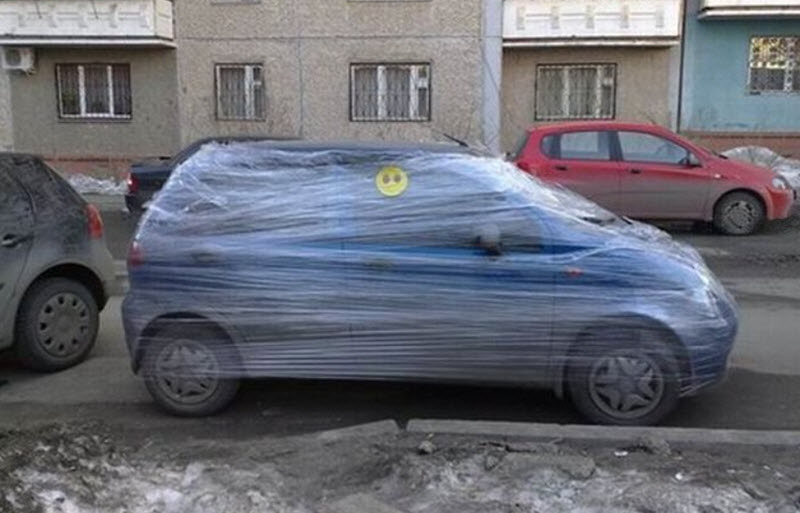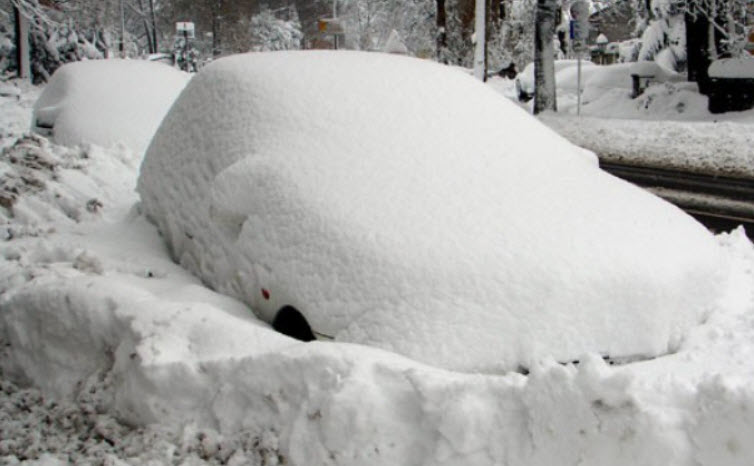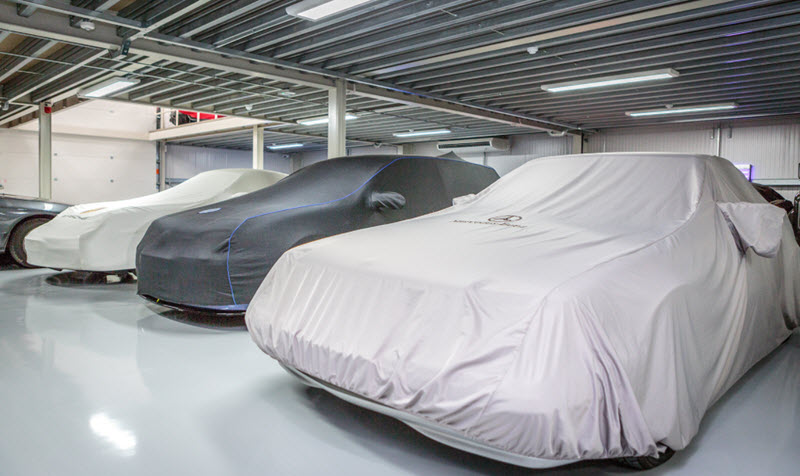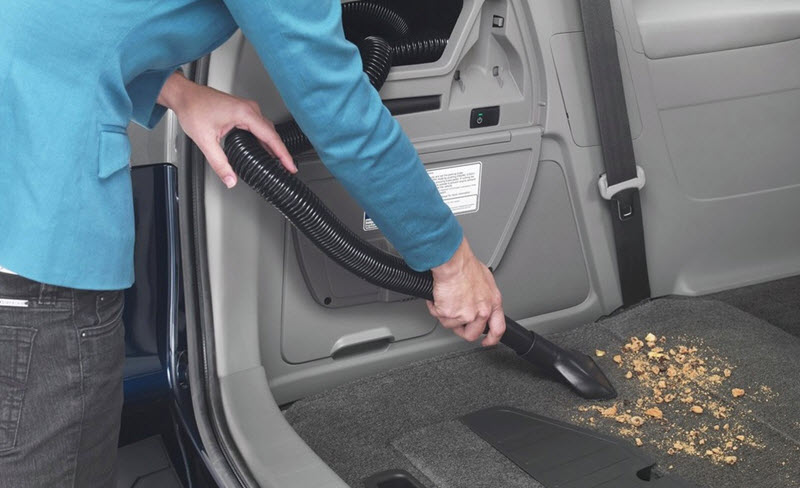
Preservation of a car for the winter or how to save the body, engine and interior
Content
Automotive technology is constantly being improved, but mainly by improving consumer qualities. Otherwise, it is still the same set of mechanisms and electronic devices as always. And it also requires measures to be taken for safety during prolonged downtime.

No high-tech coatings of components and parts can protect from the effects of the atmosphere, moisture, aggressive substances and temperature changes. As a result, the car ages even when not in use.
Special measures to protect an expensive purchase that is standing still can help.
In what cases is car conservation done?
Situations when you have to stop using a car for a while can be different:
- seasonal breaks, most often in winter, when operation is difficult or simply undesirable for safety reasons;
- temporary financial difficulties;
- inoperability of the car itself with a forced delay in major repairs;
- departure of the owner for a long period of time on vacation or due to business needs;
- having multiple vehicles.
In addition to other measures for the safety of the machine, the main place is taken care of its technical condition.
Conservation procedure
Car protection is rarely entrusted to specialists; usually, these simple procedures are able to be performed by the owner himself.

Body
The optimal conditions for the safety of the body will be storage in a dry, unheated garage, where daily temperature fluctuations are minimized, and precipitation and the associated increase in humidity are excluded. It is the influx of moisture that can become a catalyst for corrosion.
Even the paintwork (LCP) does not sufficiently protect the metal due to its certain porosity, especially in the hidden cavities of the body, and the presence of inevitable damage leads to the rapid appearance of rust.
- First of all, the car must be washed outside and under the bottom, and then thoroughly dried. In the cold season, compressed air may be required for blowing, it is better to contact a specialized car wash.
- All damage to the paintwork must be repaired before treatment, it is from them that corrosion processes begin. Defects are cleaned to metal from the slightest traces of rust, then primed and tinted. If there are no funds for cosmetic treatment, it is enough just to close the metal, leaving a professional decorative color for the future.
- A protective and decorative coating based on wax or other similar means is applied to the varnish or paint, after which it is polished according to the technology indicated on the label. It's not about beauty, just a glossy layer has minimal porosity.
- The bottom of the car is treated with a non-drying cavity cleaner. These compositions have good fluidity and the ability to seal all invisible defects in factory protection.
- Slots and joints of parts are best glued with masking tape from dust. Chrome parts and plastics can be coated with the same paint cleaner. Chromium may tarnish during storage.
If the garage has a basement or pit, then they must be closed. The flow of dampness from there quickly forms pockets of corrosion on the bottom.

Engine
Motors tolerate storage well, but if the period is long, then it is worth taking measures to prevent internal corrosion. To do this, a little engine oil is poured into each cylinder, and preferably a special preservative oil, after which the shaft is manually rotated several revolutions. After this procedure, do not start the engine.
You can loosen the belt tension. This will protect them from deformation, and the shaft bearings from unwanted static load.
The tank is fully charged to avoid condensation. Other liquids can simply be brought up to the nominal level.
Salon
Nothing will be done to the upholstery and trim, just closing the windows and sealing the ventilation holes is quite enough. It is worth processing only rubber door and glass seals, this will require silicone grease.
Everything that was said about washing and drying applies to the cabin, especially the sound insulation under the rugs.

It is better to dry clean, but you can get by with a vacuum cleaner. The air conditioner turns on for a few minutes to disperse the lubricant.
Battery
The battery must be removed and stored separately from the car, having previously fully charged and set the electrolyte level to the norm.
It is better to store it at low temperature and humidity. The terminals should be lubricated against oxidation, and the charge should be checked every month and, if necessary, brought to normal.
Tires and wheels
To protect the rubber, it is better to put the car on supports so that the tires do not touch the surface. Then seal the outgoing shock absorber rods with oiled paper if there are no covers on them.
Do not reduce the pressure, the tire must be firmly seated on the rim. And everything that was said about the paintwork of the body applies to the disks.

Illumination affects the safety of rubber. Sun or daylight should be avoided. You can cover the tires with a special protective and decorative compound for rubber.
Deconservation
After a long period of storage, it is better to change the engine oil and filters. After starting, there may be temporary smoke from the oil in the cylinders.
Other procedures are carried out according to the list compiled during conservation. Otherwise, you can forget, for example, about loose belts.
Be sure to carry out all inspection procedures according to the maintenance regulations. Fluid levels, tire pressure, operation of the main and parking brake systems. It remains only to wash the car and check it out with a short trip.
Sometimes the clutch disc sticks on cars with manual transmission. It can be thwarted by acceleration and deceleration with the pedal depressed after starting off by turning on the warm engine starter in first gear.
